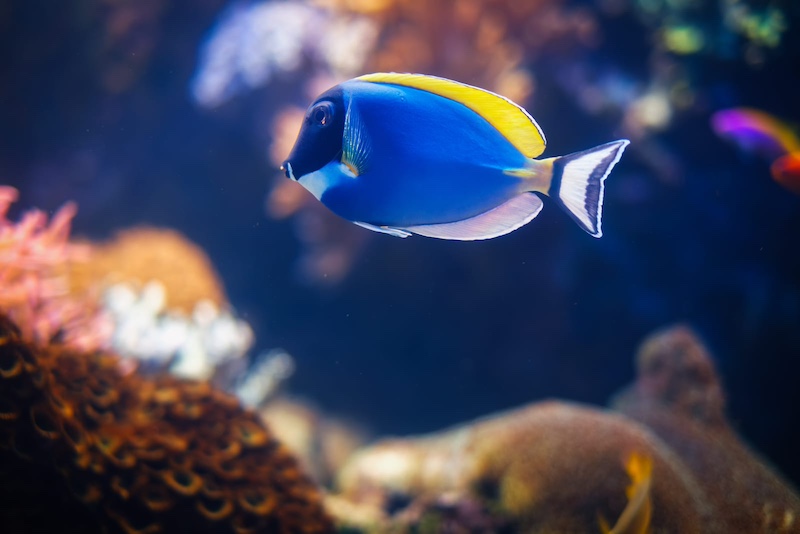Fish are often associated with calm, serene underwater scenes or the joy of keeping an aquarium. However, some fish are far from harmless. Certain species possess dangerous traits that can make them a threat to humans. Here are ten of the world’s most dangerous fish that you should be aware of.
1. Piranha

Piranhas are infamous for their sharp teeth and aggressive feeding behavior. Native to the rivers of South America, these fish are known for their ability to strip flesh from prey within minutes when in a feeding frenzy. While attacks on humans are rare, they can happen, especially when food is scarce.
2. Stonefish
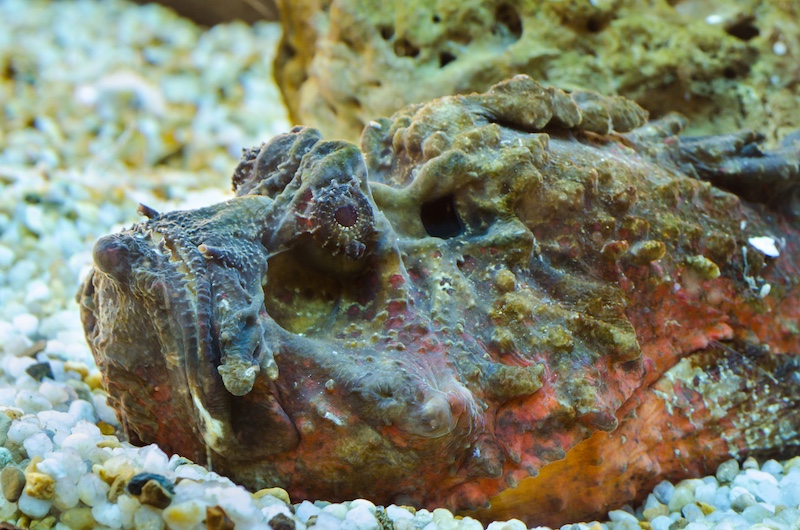
The stonefish is one of the most venomous fish in the world, often found lurking on the ocean floor, camouflaged to resemble rocks. It has venomous spines along its back that can deliver a potent toxin if stepped on, causing intense pain, swelling, and in severe cases, death if not treated promptly.
3. Lionfish

Lionfish are beautiful but highly dangerous due to their venomous spines. Native to the Indo-Pacific, these fish have spread to the Atlantic, where they pose a threat to local ecosystems. Their venom can cause extreme pain, respiratory distress, and even paralysis in severe cases.
4. Electric Eel
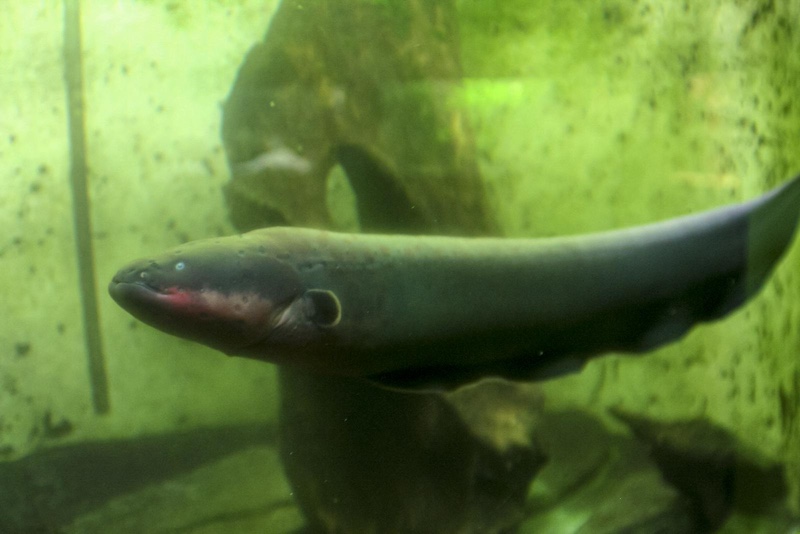
Not a true eel but rather a type of knifefish, the electric eel can generate up to 600 volts of electricity, which it uses to stun prey and defend itself. While their shocks are rarely fatal to humans, they can cause significant injury, muscle spasms, or even drownings if the shock incapacitates a swimmer.
5. Tigerfish
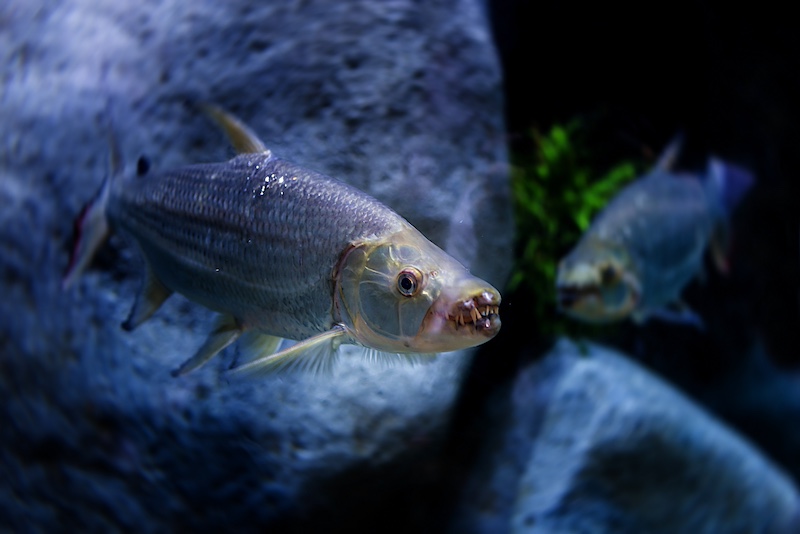
Known as the “piranha of Africa,” the tigerfish is a fierce predator with sharp, dagger-like teeth that can inflict serious wounds. They are known for their aggressive nature and can even leap out of the water to catch birds in mid-flight. In certain African rivers, tigerfish attacks on humans have been reported.
6. Barracuda

Barracudas are known for their fearsome appearance, with a long, slender body and sharp teeth. They can swim at speeds of up to 35 mph and are often attracted to shiny objects, which can lead them to mistakenly attack divers or swimmers. Although rarely fatal, barracuda bites can cause deep lacerations.
7. Great White Shark
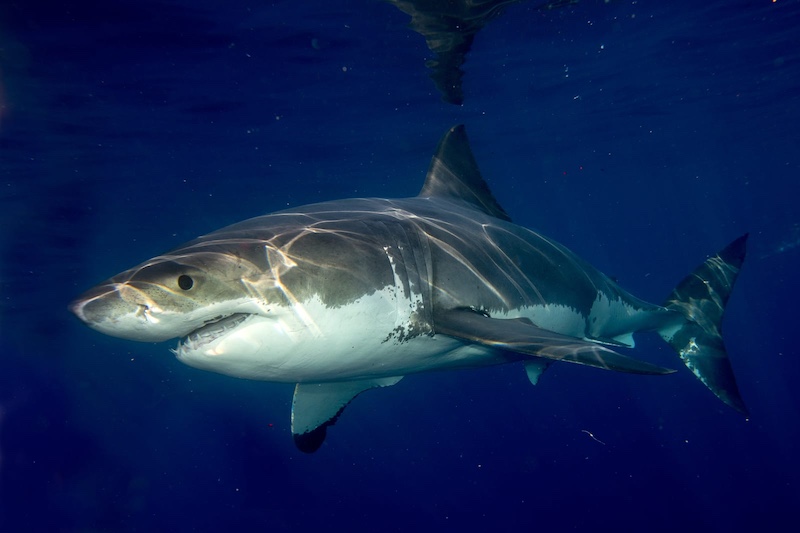
While technically a fish, the great white shark is often regarded as one of the most dangerous predators in the ocean. Known for their size, speed, and powerful bite, great whites are responsible for the most unprovoked shark attacks on humans. Though these attacks are often due to mistaken identity, they can be fatal.
8. Stingray

Stingrays are generally docile, but when threatened, they can deliver a painful sting from the venomous barb on their tail. Most famously, the sting of a stingray was responsible for the death of wildlife expert Steve Irwin. While fatalities are rare, stings can cause intense pain and serious injuries.
9. Surgeonfish
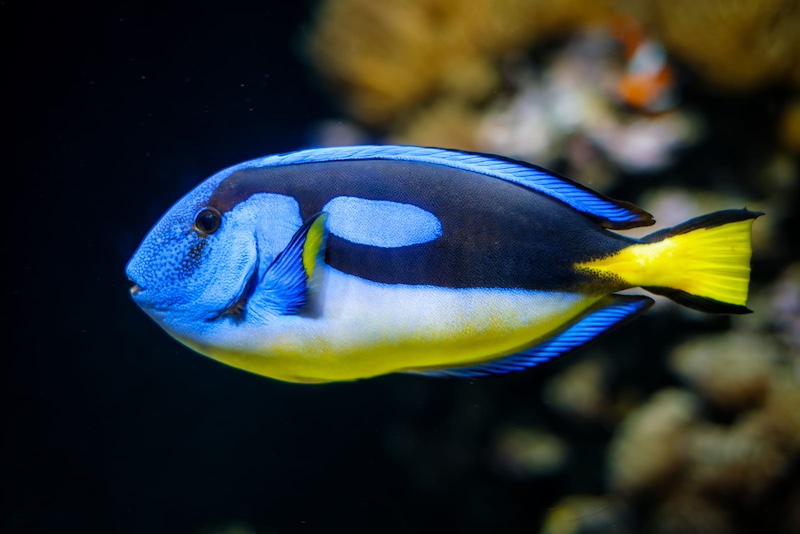
Surgeonfish, particularly the blue tang species, are known for the sharp, scalpel-like spines near their tails that they use for defense. These spines can inflict deep cuts, and some species also secrete venom that causes severe pain, swelling, and potential infection. Though usually not aggressive, they can pose a danger if provoked or handled carelessly.
10. Moray Eel
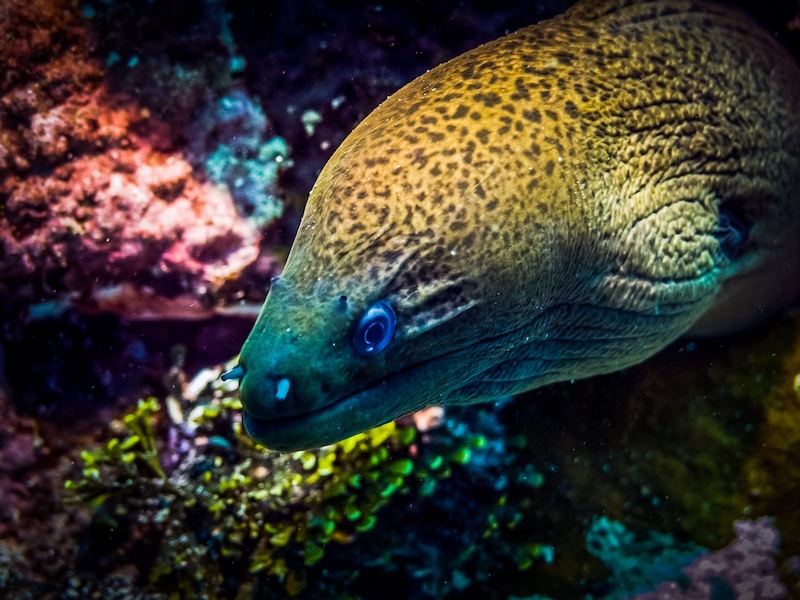
Moray eels are not inherently aggressive but will defend themselves fiercely if provoked. With their strong jaws and sharp teeth, they can inflict severe bites on divers. Some species also have a secondary set of jaws, called pharyngeal jaws, that help them latch onto and tear at prey. Please Note: This content was created with the assistance of AI and thoroughly edited by a human before publishing.

